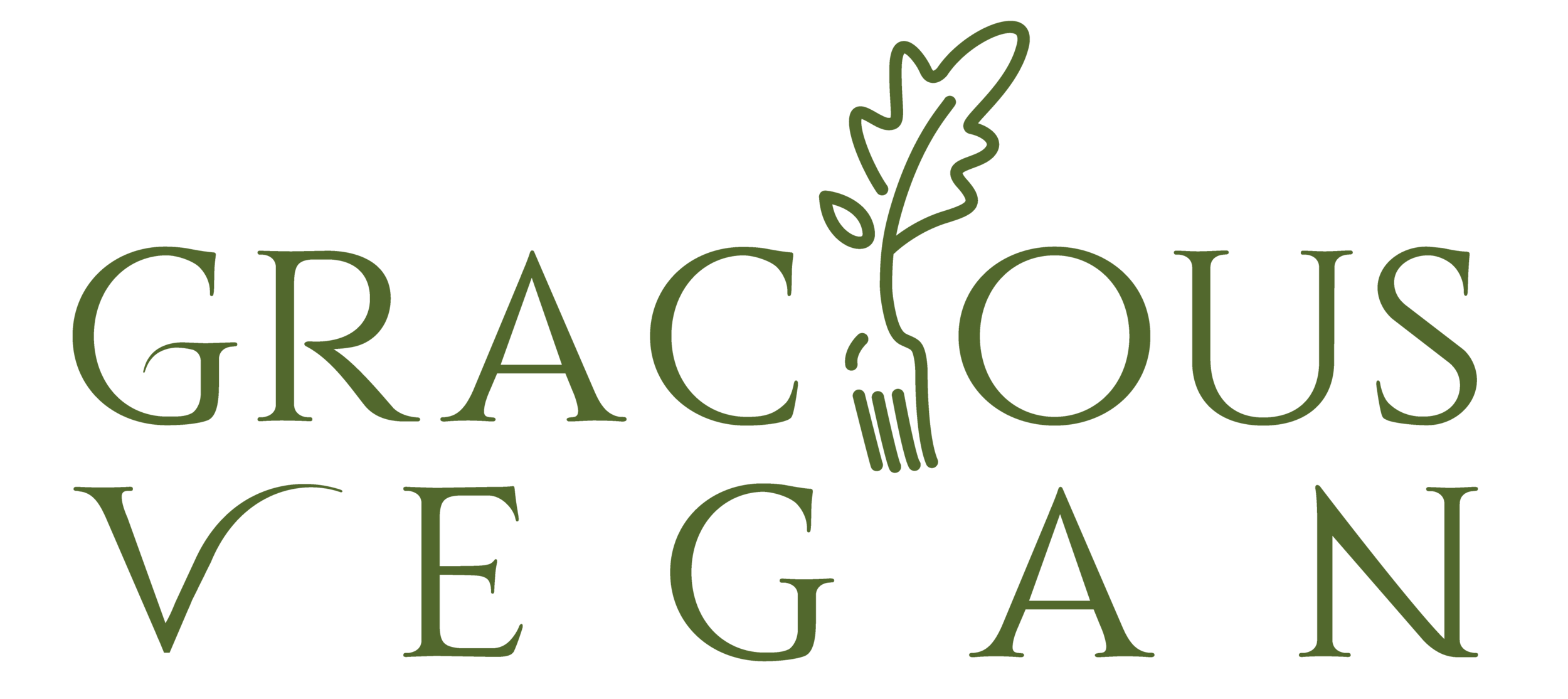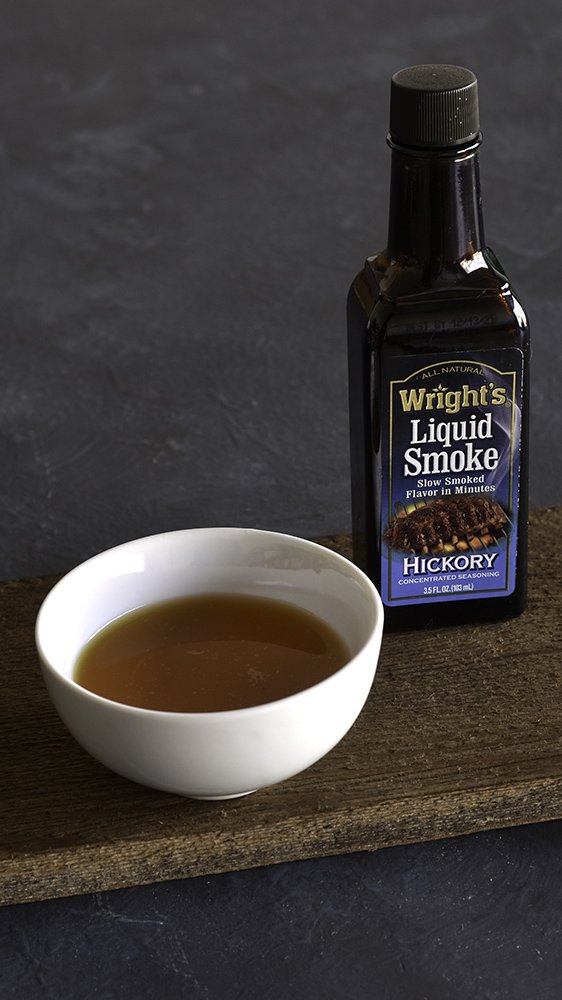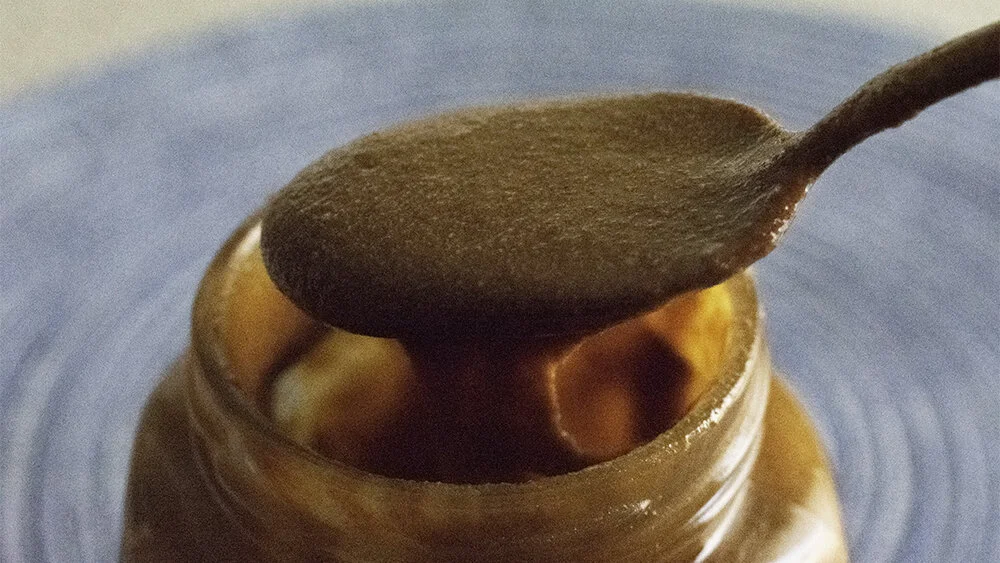What are the healthiest substitutes for sugar in baked goods? Which types of baked goods and desserts are best for using dates and bananas, the healthiest sweeteners? Learn how to use healthy sugars for desserts and savory dishes. Links to successful recipes are included.
Read MoreRead this introduction to “intact whole grains,” which are recommended by Dr. Michael Greger and other nutrition experts. I cover what “intact” means when it comes to grains, plus related topics that compare intact whole grains to whole grains processed in various ways. If you want a basic introduction to “intact whole grains,” this post is for you.
Read MoreThis post compares soy curls to other chicken substitutes, including TVP, and describes how soy curls are made. I also provide lots of ideas for how to use soy curls in plant-based cooking. If you’re wondering where you can buy soy curls, see the last section of this post.
Read MoreA side-by-side comparison of tofu, tempeh, and seitan. This post explains the differences and commonalities between these three protein-packed foods. All three have a role to play in a healthy plant-based diet, and it’s important to understand the differences and the best ways to use each.
Read MoreA brief primer on asparagus: why some spears are thin and some are fat, what nutrients asparagus contains, and what dishes work best for each type of asparagus. Links to recipes, too.
Read MoreA brief introduction to freekeh, a type of wheat that is high in fiber and protein, cooks quickly, fills you up, and tastes great. It goes with so many flavors and cuisines, although particularly well with Middle Eastern dishes. Excellent in plant-based and vegan recipes. This post describes what freekeh is, how it’s produced, its nutrition, 5 ways to use it in cooking, and how to find it.
Read MoreIs liquid-smoke completely plant-based and vegan? Is it healthy? Does it contain carcinogens? If it’s healthy enough, how should it be used? Here are answers to common questions about liquid smoke, with links to more details if you’re want to go deeper.
Read MoreHere’s a one-page chart of how chocolate goes from large green pods on a tree to brown cocoa powder or glossy chocolate bars.
Read MoreOnce and for all, which is which? Well, a strange thing happened in grocery stores over the past 50 years…
Read MoreSoybeans have gotten a bad rap since the 1980s and 90s. Hundreds of studies later, the news is good. Soybeans and soy-based products provide safe nutrients and can be an excellent part of a healthy vegan diet.
Read MoreKala namak is a type of salt that has a high sulfur content. This means it’s perfect for plant-based dishes that benefit from an “eggy” taste and smell.
Read MoreEven if you’re not cutting down on sodium, it makes sense to understand the difference among the liquids often called for in Asian dishes. Here we cover how much sodium each contains, main ingredients, and other health issues.
Read More“But I would miss cheese!” is what a lot of people say when talking about going vegan. Here are some recipes for healthy and tasty cheese substitutes. If you like to cook, I recommend trying one or more of these.
Read MoreHere are some ideas for gifts you can give or request for yourself. They are all related to plant-based cooking and eating. My suggestions range from homemade treats to a $160+ appliance, with many levels in between.
Read MoreIf you cook vegetarian or vegan, you need a vegetable broth solution that works for you. There are lots of options, so I offer my take on the advantages and disadvantages of each.
Read MoreHere’s a quick Edamame 101, including health benefits, past controversies, and links to recipes that make edamame taste even more delicious than it does by itself.
Read MoreFlaxseed meal is an essential ingredient in plant-based cooking. Here’s a quick introduction to what flaxseed meal is, why it’s so nutritious, and ways to use it in plant-based cooking, with links to recipes.
Read MoreChinese roasted sesame paste is a key ingredient of Cold Sesame Noodles, but it can also be a whole-food substitute for sesame oil. Here’s a quick introduction to what Chinese roasted sesame paste is, why it’s so nutritious, and ways to use it in plant-based cooking, with links to recipes.
Read MoreNutritional yeast is a key ingredient in many plant-based dishes. Here’s a quick introduction to nutritional yeast, its nutritional qualities, and ways to use it in plant-based cooking, with links to recipes.
Read MoreA brief explanation of what xanthan gum is, why it’s used in so many foods, whether it’s vegan or not, and how I use it in a few plant-based recipes.
Read More




















